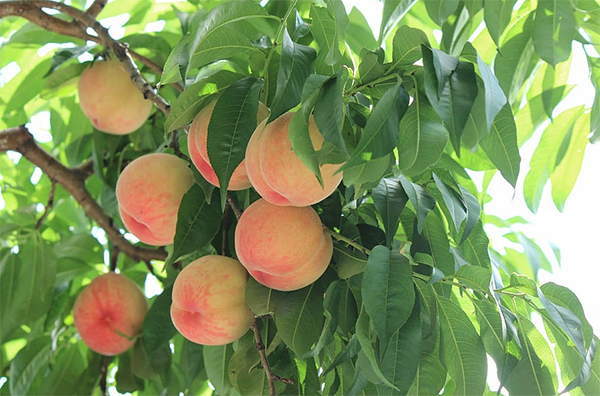Good old Southern California — the end of February, the Santa Ana winds are blowing and it’s up to 80 degrees. Be sure to tell your friends back east how tough it is out here. But February — 80 degrees or not — is also a good time to make your plans for planting new trees.

First decision: should you choose a potted tree or a bare-root tree for planting?
Before you answer, keep the following in mind.
Potted Trees
You’re probably familiar with potted trees because they’re available here in the Conejo Valley all year long. If you’re planning on planting a new tree or two during the next couple of months, a potted tree is a good choice. They offer the following benefits:
- Reduced transplant shock
- Available pretty much year round
- Good survival rates in poor planting conditions
- Familiar planting process
Bare Root Trees
But choosing a tree that comes potted is not the only way to go. Bare root trees offer a good alternative. Bare root trees are available in December and January but February is also a good planting month if it’s typically cool and wet. With these Santa Anas blowing, though, it’s time to get going! Bare root trees, like their name implies, are shipped without soil around their roots, usually with their roots coated in a hydrating gel.
Deciduous fruit trees (apricots, peaches, plums, etc.) are typical bare root trees. Growers dig up their young trees as soon as they’ve lost their leaves and entered dormancy in the late fall and then ship them off to retail nurseries. You can find these on display as “bare” root trees stored in bins of moist wood shavings or something similar.
Why are bare root trees healthier than potted trees? Mainly because potted trees need to have a significant amount of their root system cut off to make them fit into a pot. Bare root trees can be left with much larger root systems. The more roots, the stronger the tree.
A side benefit to choosing a bare root tree is variety. There might be eight or 10 varieties of a fruit tree available as bare roots instead of three or four available in pots during the summer. But bare root trees quickly become unavailable as spring approaches. It’s a simple matter of the growing season catching up to the bare root. You see, when a bare root tree begins flowering and growing leaves, the nurseryman has to get the tree back into soil so the roots can begin supplying water and nutrients to the upper reaches of the tree.
There are a few more benefits to choosing a bare root tree:
- They’re easy to carry home from the nursery since you don’t have to drag along a pot and excess soil.
- You don’t have to cut a plastic pot away or risk damaging the roots as you ply it out of a pot.
- Once planted, roots reestablish quickly which encourages quick growth.
- It’s easy to plant at the correct depth.
So what are you waiting for? It’s time to get those trees growing!

